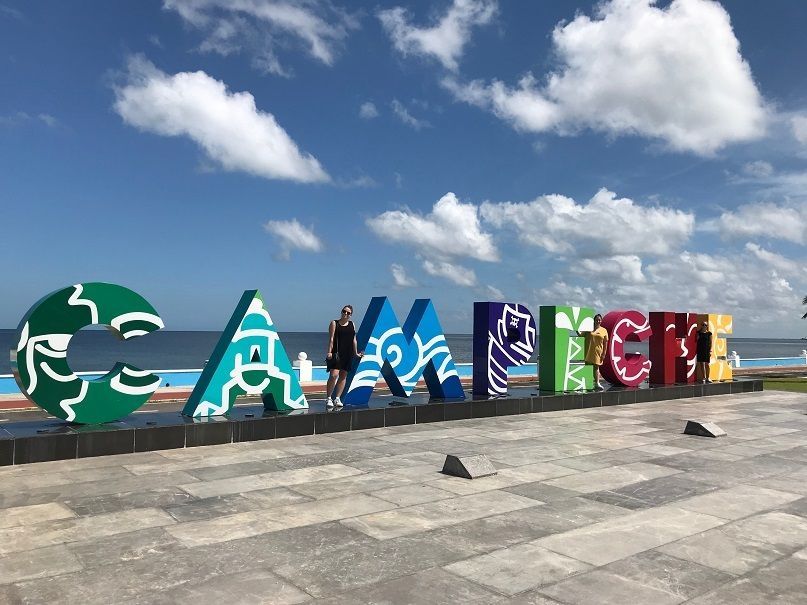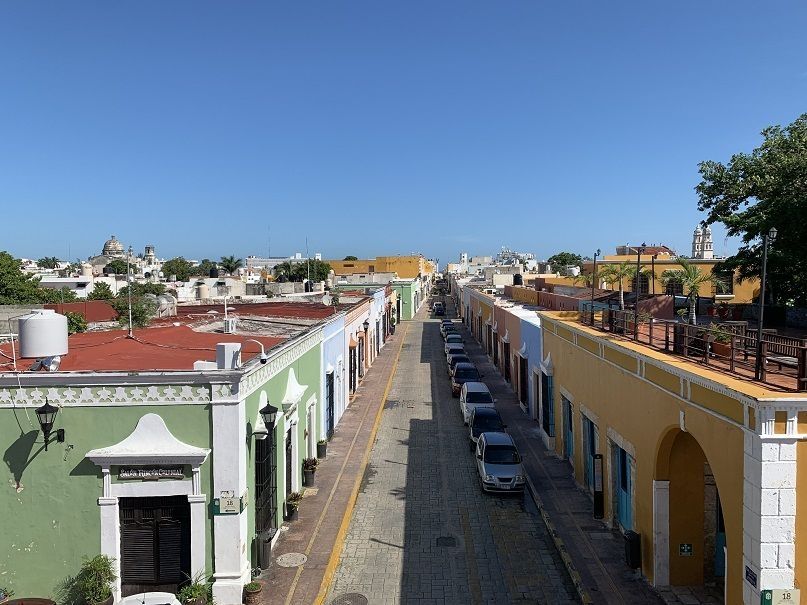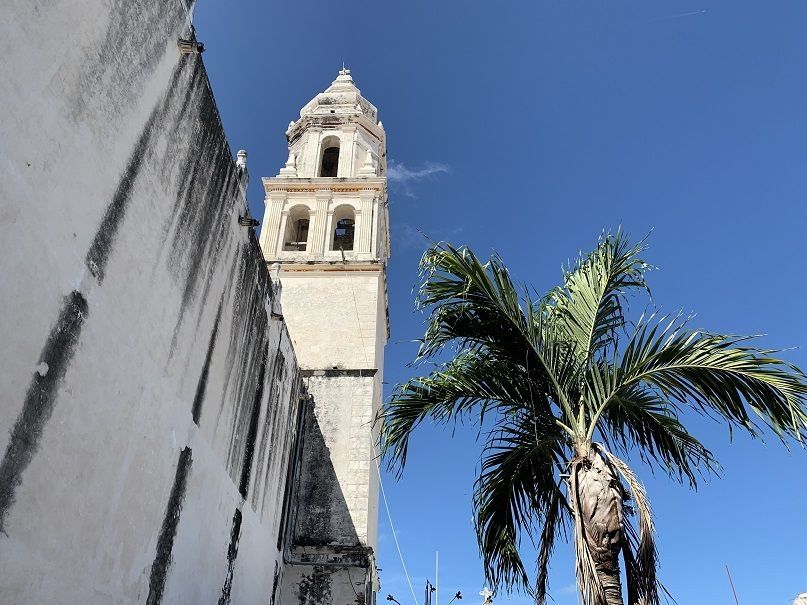The “Cake-Colored” City of Campeche
The “cake-colored” city of Campeche is a stop-over-must on your way to the CIEE Global Institute – Yucatán. Not only for its well-preserved Spanish colonial architecture, but for its historic significance to the Mayan civilization.
Campeche was founded in 1520 by Spaniards and quickly became one of the most successful cities on the peninsula, thanks to its abundance of henequen and chicle. The former was a product of the agave plant that yielded rope fiber and the latter was tapped from a tree to make chewing gum. Chicklet anyone? Both were exported to the U.S. and provided a healthy economy for the city of Campeche.
Today that wealth can be seen on quaint cobbled streets lined with Spanish colonial architecture painted in a colorful array of pastels. The houses are made from a limestone mortar – in fact, the entire peninsula has a karst limestone landscape thanks to a 6- to 9-mile sized asteroid that landed here some 66 million years ago. Sorry dinosaurs.
Behind each of the building’s arched front door is an open-air ceramic-tiled courtyard. The tiles can either reflect the Moorish influence on the Spanish conquerors or the French influence from the courts of Marseille. Either way, they’re a stunningly well-preserved piece of the past.
In Campeche, many streets are closed to traffic and lined with tables where you can stop for a cold drink. (You’ll need one. It’s hot.) Sit for a moment and see if you can you hear the buildings whispering details of their past. Is it a proud Mayan watching the Spaniards demolish his great pyramid? A swashbuckling pirate relaying adventures at sea? A Yucatán farmer praying for independence from Mexico? Listen!
Related Posts
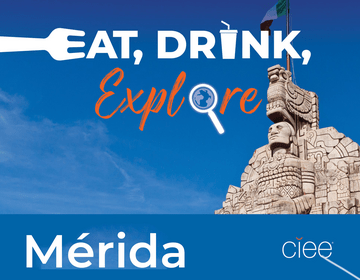
EAT, DRINK, EXPLORE: MERIDA
BEST FOOD TO EAT IN MERIDA Yucatecan cuisine is heavily influenced by the ancient Maya who successfully turned local crops like tomatoes, turkey, chiles, corn, and pumpkins into complexly flavored... keep reading
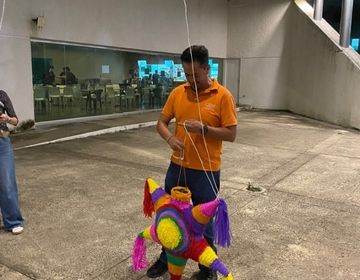
Why Should You Choose to Study Abroad in Mexico?
By: Michael Kline Are you ready to embark on a journey that combines academic enrichment, cultural discovery, and personal growth? Studying abroad in Mexico with CIEE offers all this and... keep reading

Top 7 Spanish Immersion Programs with CIEE Study Abroad
Let’s be real: There’s no better way to learn Spanish than actually living it. Forget the textbook exercises and Duolingo streaks – envision yourself chatting with locals about fútbol (not... keep reading
